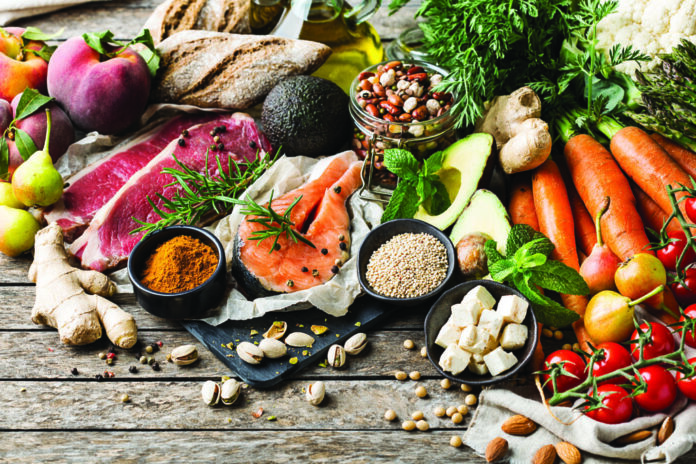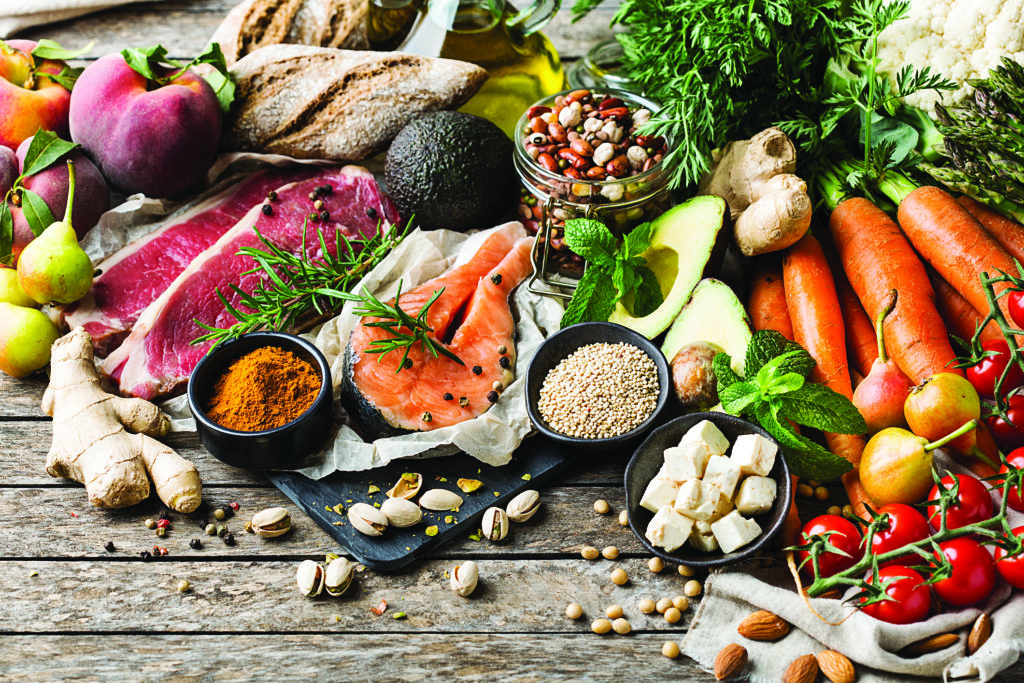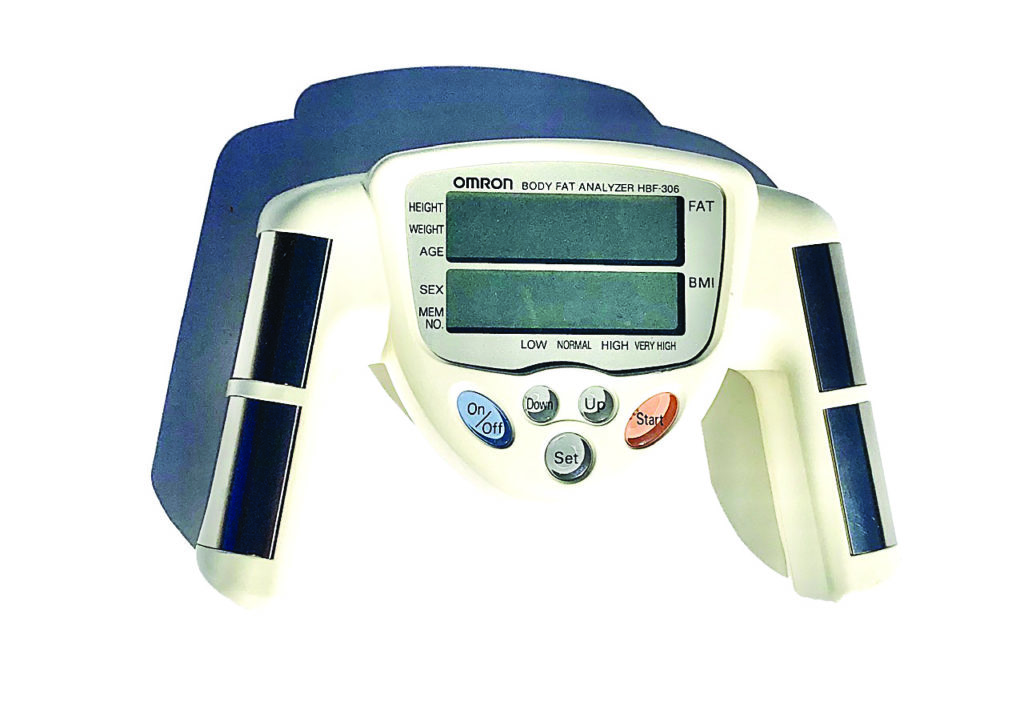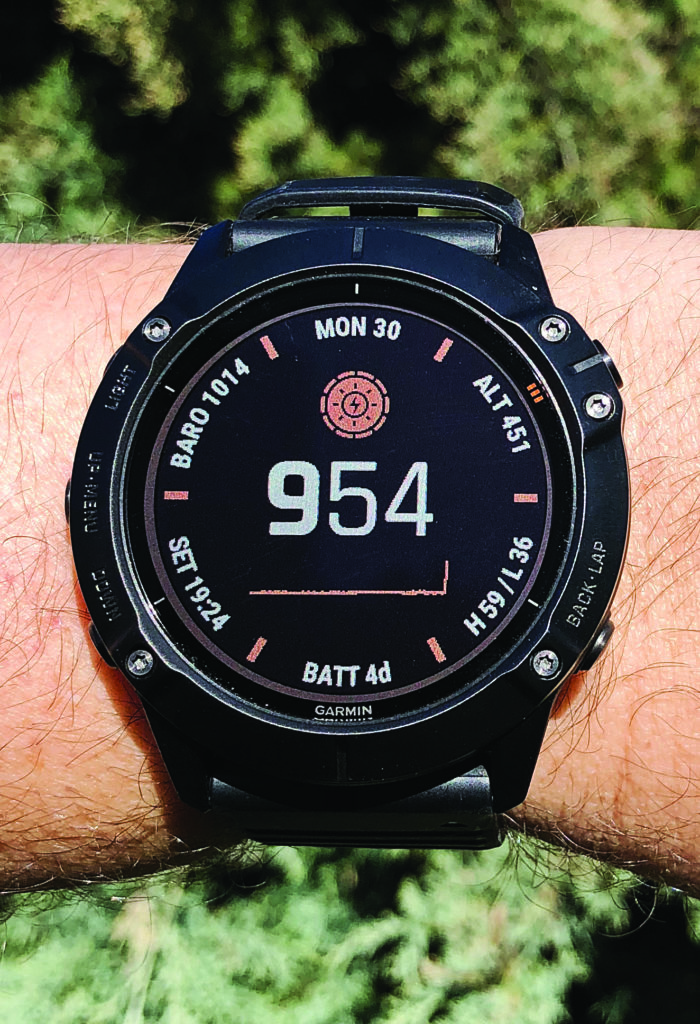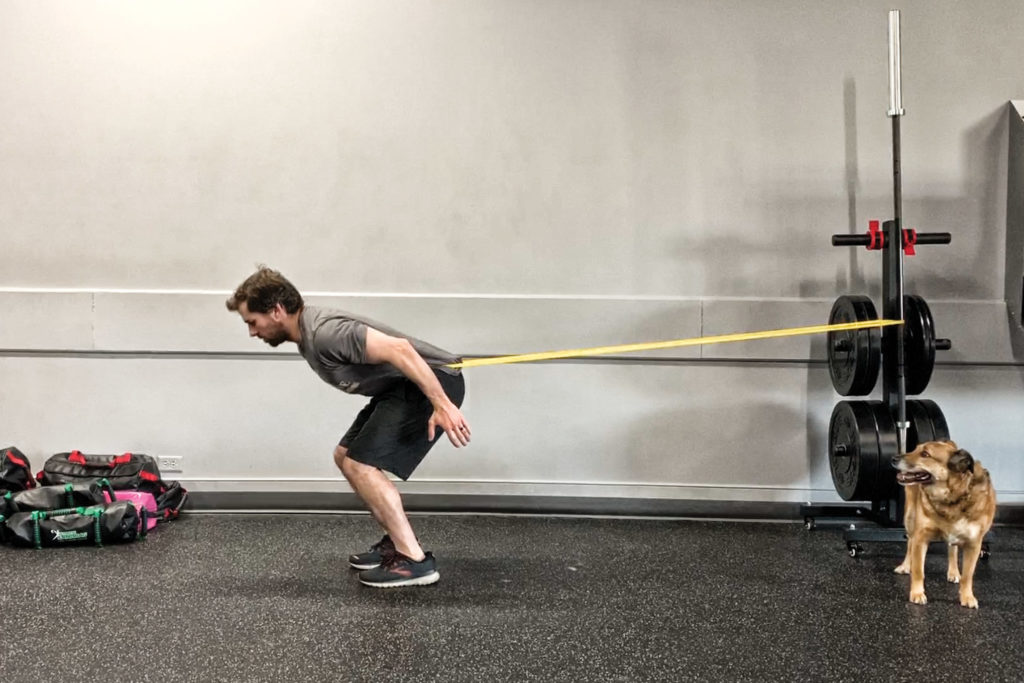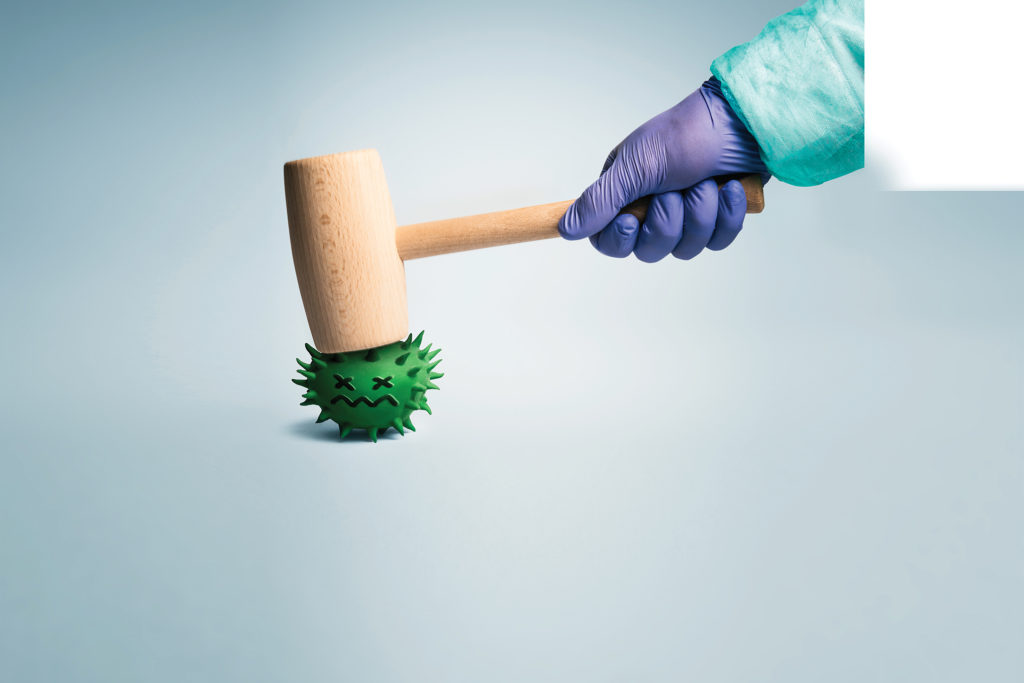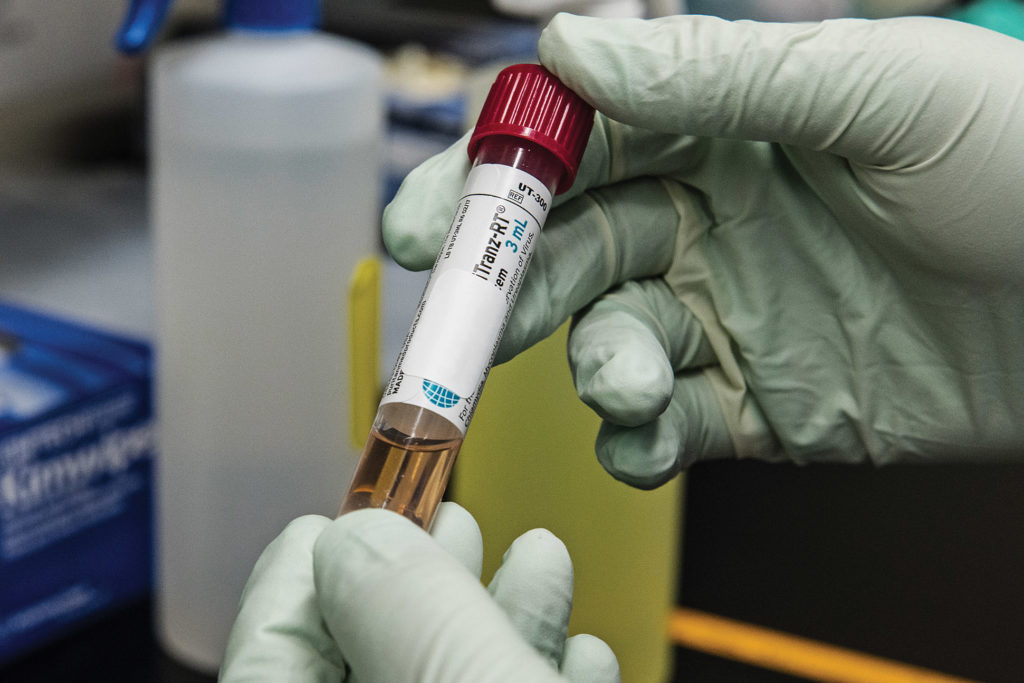I’ve taken a few firearms training classes over the years and loved every single one of them. A common theme that I was often told was, “you’re a good shooter but you just need to get in better shape.” We often hear that gunfights last only seconds and think that no matter what shape we’re in, we could last that long. That is, until you do the training and realize that maybe you’re not in as good of shape as you think you are.
As I’ve gone through classes (e.g. shooting and moving, vehicle classes, hand-to-hand combat classes, etc.), I realize that I’m not the only one who could use some help on improving fitness. A comprehensive plan should include mindset, diet, exercise, and rest. You need to make fitness happen. There’s no easy way to do it, so suck it up, buttercup!
Mindset
It doesn’t matter what your level of fitness is — without a proper mindset and realistic goals, you will not achieve your fullest potential. If your goal is to lose weight, a reasonable goal is to take the weight loss in 10 percent increments of your current body weight. If your goal is to lose body fat/gain muscle, get a body fat analyzer to track your progress. If you’re “just trying to feel better,” I believe you aren’t being specific enough and are destined to fail. I once lost 50 pounds busting my hump to feel better. Despite being successful in that weight loss goal, I still felt miserable. Why? My mindset wasn’t focused on “proper” diet and rest. I gained it back and started over. My goal was shortsighted, and I lacked vision.
I remembered a book I read in college called Peak Performance: Mental Training Techniques of the World’s Greatest Athletes by Charles A. Garfield and Hal Zina Bennett. I realized I was going through the motions and not visualizing my goals. This was a critical piece that was missing, and once I added it back, I found success. In order to visualize effectively, it helps to have a measurable metric. Such metrics can be percent body fat, waist circumference, and total body weight, to name a few. These should be checked at the beginning of your exercise program and every six weeks. Write everything you do down: diet, calories, macronutrients, exercise, etc., as this holds you accountable to yourself. This can provide valuable feedback toward your progress and improve your chance of success.
Another part of the success and mindset is attitude. This year, I decided to do something I sucked at and turn it into a positive. Since the number-one thing on the list was running, I went all in. In preparing for a half marathon, I was coached by many of my running friends that not every run will be a good one. I challenged myself to find a bit of good in every run. Some days I didn’t go far, but my blood sugars stayed steady. Other days my blood sugars tanked, and I had to walk for distance. Maybe on one run I had trouble with hip pain, but I focused on technique to make it through the run. I always tried to stay positive with every run. With each outing, I improved. By staying positive, I found that my motivation remained high … even when my friends were yelling, “Run Forrest, RUN!”
Diet
Many people think about a diet as a four-letter word. How do you choose which diet is right for you? There are all kinds of recommendations; however, I like to keep it simple. First, use an app like myfitnesspal (www.myfitnesspal.com) to track calories and nutrients. I find that people who track their progress on an app tend to maintain their dietary goals for a longer duration. The key to using any form of diet tracker is to be completely honest with how much you’re eating. Measure everything out.
Above: Fruits and vegetables are important, but don’t forget herbs and spices to aid in recovery.
When I counseled patients on a “medically supervised weight loss program,” I first had them record what they ate for one week without any direction from me. I found that 90 percent of the people who came in the following week had obvious issues with their diets. Most of these patients thought they were doing right by eating what they were eating. We would discuss some simple changes, whether it was total calories or macronutrient composition. I’d set goals, or benchmarks, for them to attain. I’d then see them back in three weeks and check on their progress. I’d challenge them to lose half to 1 pound a week. Often in the early weeks I’d see 5 to 10 pounds of weight lost, depending on how bad the diet was initially.
If I thought they were overindulging on calories, I’d take their first week’s data and cut 250 to 500 calories a day. For the average person, it takes 3,500 calories cut to equate to one pound of weight loss. If the patient came back three weeks later and had not lost weight, it was often due to underreporting of food consumed. If the patient already had a reasonable calorie intake after that first week, we’d focus on macronutrient composition. I know there are a lot of different views on what this should be; however, I’d look at their first week’s data as a guide.
Invariably, people would either be heavy on carbs or heavy on fats. We would adjust these to more reasonable levels and discuss foods that would be better substitutes to meet their goals. To reduce carbohydrates, I’d encourage them to avoid processed foods and eat as many vegetables as they could. They were encouraged to eat fruit every day. I’d often direct people to www.allrecipes.com to help them with ideas on using vegetables in meals.
To boost protein, I suggest that people try to get 1.5 mg/kg of body weight a day. Personally, I have to supplement with protein powder to reach that mark. Having a good amount of protein will help with muscle gain as well as recovery after workouts. I’d also try to adjust the amount of protein, as well as calorie consumption, based on activity of the day. Remember that too much protein can be harmful to the kidneys. You might periodically check in with your physician to have a blood test or urine test to ensure that all is good there.
Fats are an important part of our diet and should not be eliminated altogether. In college, I got a wacky idea to cut my fat consumption to less than 10 percent of my total calories. Guess what happened? I got massively depressed. As I was reading about dieting and nutrition, I came across a passage that described how important fat is in our diet. I went to the store to buy some Skippy and felt better in a few days! My depression was caused by not having enough fat in my diet. Now, I aim for 20 percent of caloric intake from fat as part of my macronutrient goal.
Exercise
If diet is a four-letter word, exercise is twice as foul, right? But it doesn’t have to be. This goes back to having the right mindset. I think about exercise in three different contexts and believe the weight of each in your routine varies depending on your level of fitness. First, think about the importance of stretching. Not only does it help to get the circulation flowing to the muscles, it can reduce the chance of injury even when we push our bodies physically.
As we age, flexibility is also important for joint mobility and can help ease the pain from arthritis. Whether you choose to do basic stretching, yoga, or some iteration of these is up to your preference. I like a stretching program by Scott Sonnon that he calls Intuflow. YouTube has multiple videos from Scott, and others, that are helpful. Diamond Dallas Page has his version of yoga that includes isometrics in the movements. Check out his program at www.ddpyoga.com. He has an excellent app if you sign up for his program.
The second aspect of exercise should involve cardiovascular fitness. I love the saying that you can’t walk a mile without taking the first step. For some patients, I’d literally recommend that they walk 20 feet, several times a day. You would be amazed at the lack of fitness some people have that requires them to start at this level. If they can do it, so can you. Start a walking program. Once you can walk for time, say 30 minutes, then increase the speed and walk for distance within that time.
Continue to increase your goals every week. When you decide to start running, try walking for one minute then running for one minute. Again, pace is up to you, but try to work up the time, say 15 cycles of the walk one/run one. Maybe every week or two, increase the amount of time you run (e.g. 2/1, 3/1, 4/2, etc.). Of course, you can also try cycling, rowing, or anything else that increases heart rate. Your goal should be a target heart rate of 85 percent of your predicted maximum (220 minus age, then multiply by 0.85 to get your target heart rate). With fitness watches, such as the Garmin Fenix 6X Pro, you can collect data to guide you to improve your fitness.
Above: A mixture of strength training, stretching, cardiovascular and core exercises round out a good program.
The last aspect of exercise is strength training. One important part of adding muscle is that it also increases the efficiency at which you use calories. There are several different methods to incorporate strength training. You can go old school and put in your VHS tape of Pumping Iron and work out with Arnold. If you don’t have weights available, you can use bodyweight exercises and improvise weights. (Tires or 5-gallon bottles of water are just a couple of ideas.) Check out Brute Force Sandbags (www.bruteforcetraining.com), which is an excellent option as well.
Another exercise I like is using TRX suspension bands (www.trxtraining.com). I personally found TRX to be helpful with building core strength and cardio, as well as being fun. Functional strength training is another option but requires access to weights. A site that I find useful, along with their Instagram and Facebook pages, is Mouser Strength Dynamics (www.mouserpower.com). I’ve learned quite a bit from John and Hannah over the years and find them both to be excellent teachers and motivators.
In Summary
Taking the first step to becoming more fit is often the hardest part for anyone. Once you get started, the momentum will pick up steam, and you’ll be on your way to making fitness happen. It takes a good mindset, a solid plan, goals, and a combination of diet, exercise, and rest. Where people struggle is maintaining their pursuit of healthy living. This is why I encourage people to write down everything in a notebook every day. It also helps if a spouse or significant other is training with you. You’re less likely to give up on your goals that way. The last part that people struggle with is maintaining their success once their goals are reached. Your choices are to set new goals, to maintain where you are, or, like some people, reverse course and fall back into bad habits. The way I protect the latter is to set a ceiling on weight. Once that ceiling is reached, I get back on the fitness plan, so I don’t erase months of success.
Above: Omron Body Fat Analyzer
There are multiple ways to accomplish each aspect of your fitness journey; however, you have to choose what’s right for you both mentally and physically. If you have trouble developing a plan, look into a local fitness professional to help meet your needs. The websites that I’ve included are just some of the ones that I’ve found helpful. There are many more that are available if these don’t suit your needs. Good luck on your fitness goals. Your life may depend on it!
Successful Mindset
- Set realistic goals: If you weigh 250 pounds and want to lose 50 pounds, start with 25 (10 percent) and it isn’t so overwhelming.
- Keep re-evaluating your goals: If you aren’t reaching goals over seven days (e.g. losing 0.5 to 1 pound per week) then look at your diet.
- Rest is important: Remember, this is the restorative portion and, if neglected, you may not see the progress toward your goals.
- Stay positive: Place sticky notes around the house with positive sayings to keep up your motivation; set goals with a partner to encourage each other.
- Celebrate milestones toward your goal (e.g. 2 percent weight loss, 1 percent body fat loss, seven consecutive days of exercise).
Above: Garmin Fenix 6X Pro
Dietary Suggestions
Protein is always good with a goal of 1.5g/kg body weight. Eggs and chicken breasts are great; however, vegan options include almonds, oats, quinoa, and lentils.
Fiber is excellent for colon health with a goal of 20 to 30 grams per day. Fruits, nuts, vegetables, and grains are great sources of fiber.
Unless you’re on a potassium-restricted diet due to heart disease or kidney disease, potassium is a challenge to get enough of the daily requirement (about 4,000mg daily). Foods such as bananas, white potatoes, spinach, and salmon contain good amounts of potassium.
About the Author
David L. Miller, DO, FACOI is an internist in private practice for 20 years. His experiences away from the office have included time as a fight doctor in regional MMA events and as a team physician for 10 years at a midmajor university in the Midwest. Currently, he serves as the lead medical instructor for the Civilian Crisis Response team based out of Indianapolis.
More on Health and Fitness from OFFGRID
- A Color-Coded Infographic for Healthier Survival.
- Move to Improve: Taking preemptive steps to better health before disaster strikes.
- The Viral Truth of Covid-19.
- Winning the Germ War.
- What if we are hit by another Pandemic?
Related Posts
The post Make Fitness Happen appeared first on RECOIL OFFGRID.


